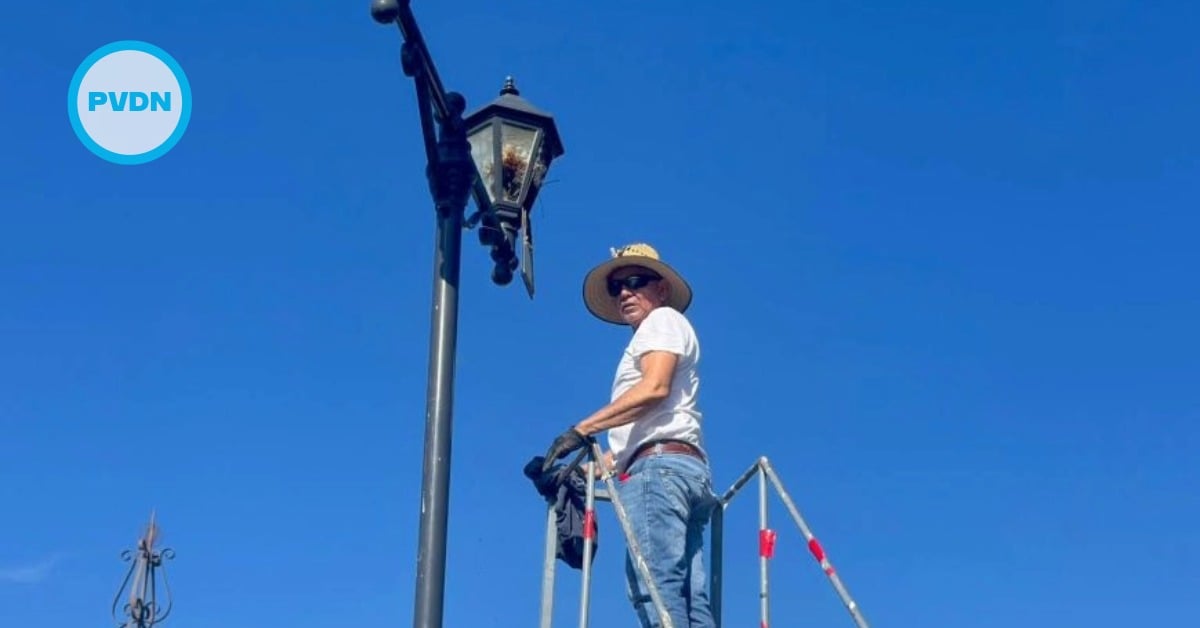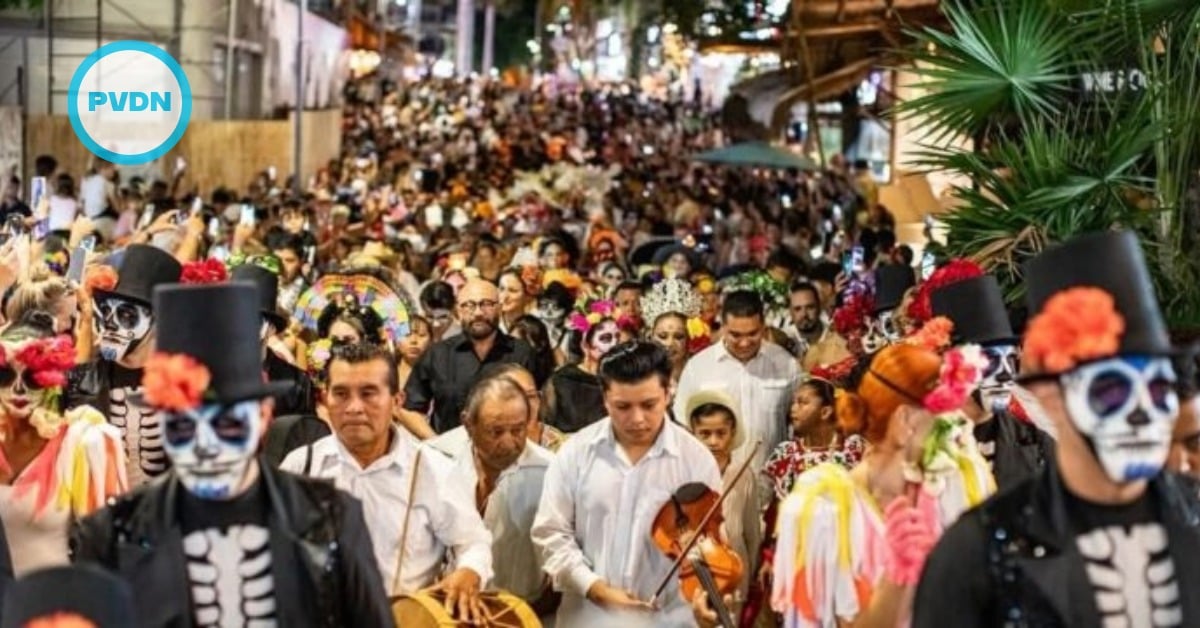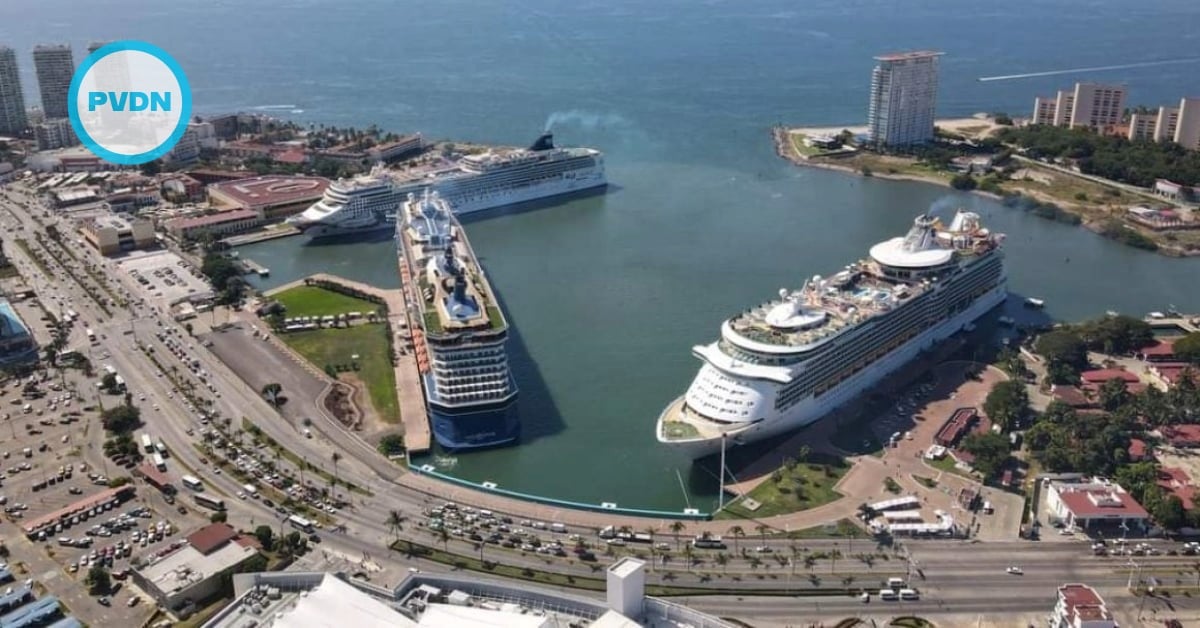Poverty has increased in one of every three towns integrated to the Magical Towns program since 2012. The brand has operated for 17 years and groups 121 communities, where 6 million people live. The program was created with the intention of contributing to a rising quality of lif…




